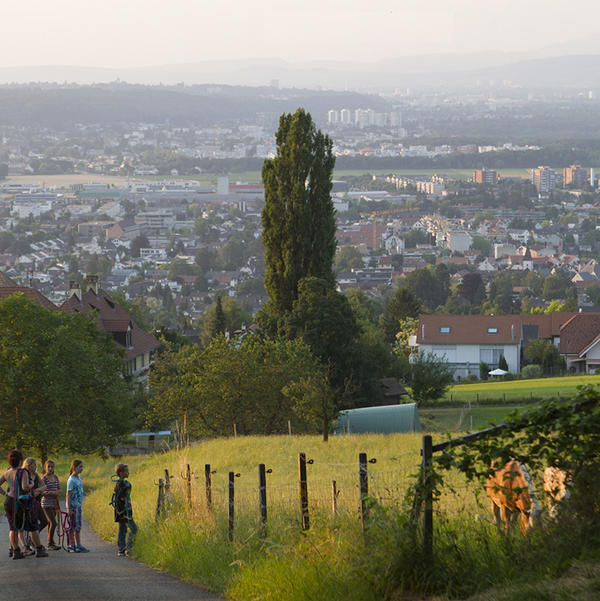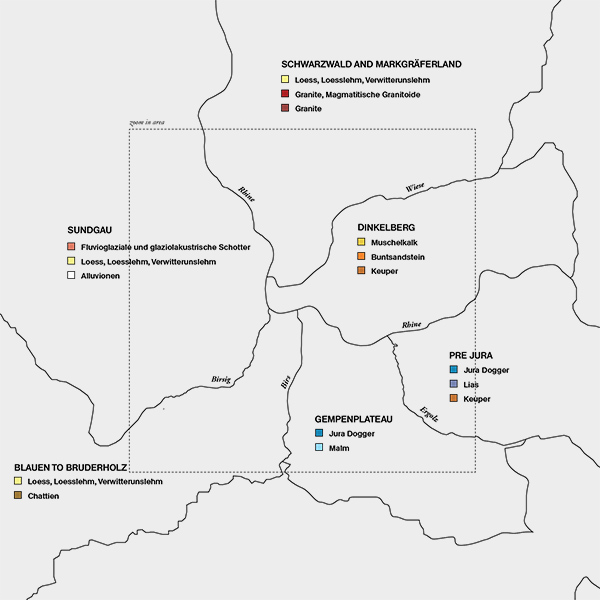Achtung: die Landschaft I

Rethinking the limit between ‘unbuilt’ territories and urbanization
in the trinational metropolitan region of Basel
In 1955 Max Frisch, Lucius Burckhardt and Markus Kutter published Achtung: Die Schweiz, a warning about the increasing sprawl throughout the Swiss landscape and a plea for a new and more controlled level of urbanity. Fifty-eight years later, the level of alarm against the increasing levels of urban sprawl has not diminished and yet single-family houses and low-density settlements still continue to cover the Swiss landscape. Openly alluding to the book of 1955, Studio Basel’s research project Achtung: die Landschaft attempts at offering a different yet radical alternative to the problems of land, landscape and resources consumption that contemporary forms of urbanization imply. Instead of new dense settlements built outside of the existing cities as advanced in the project of 1955, we propose to shift attention towards landschaft –land, landscape and the entire un-built territory as the deliberate choice to be operative within the constraints of a modern democracy. The research hypothesis is that it is the space of the limit, the physical space of delimitation and separation between different conditions and the very place able to inform the experience of architecture, that will be able to reintroduce an idea of place within an otherwise undifferentiated and generic urban condition. The research focuses on various portions of the Swiss urbanized territory and or each of these territories, the understanding of both the physical and the socio-economic conditions of the un-built becomes the lens through which to formulate an alternative vision for the future of the Swiss territory.
The city of Basel, known for its compact historical center set on the so-called Rhine-knee, is today a large conurbation stretching over a geographically complex territory. Differently from other urbanized areas, the very specific topographical and geological features of the region have been the guarantee that the valleys’ in-between territories have mostly been preserved as un-built land, large ‘green’ reservoirs determining with their presence a natural yet latent limit to urban growth. Six design proposals transformed the current neglected conditions of the limit between built and un-built through a series of design interventions that by reflecting on the specificity of the un-build aimed at introducing an idea of place within otherwise undifferentiated generic territory.

Lanscpae Enteties and Research Focuses
PEOPLE: PROF. JACQUES HERZOG, PROF. PIERRE DE MEURON, CHARLOTTE VON MOOS, LISA EULER, MARTINO TATTARA

